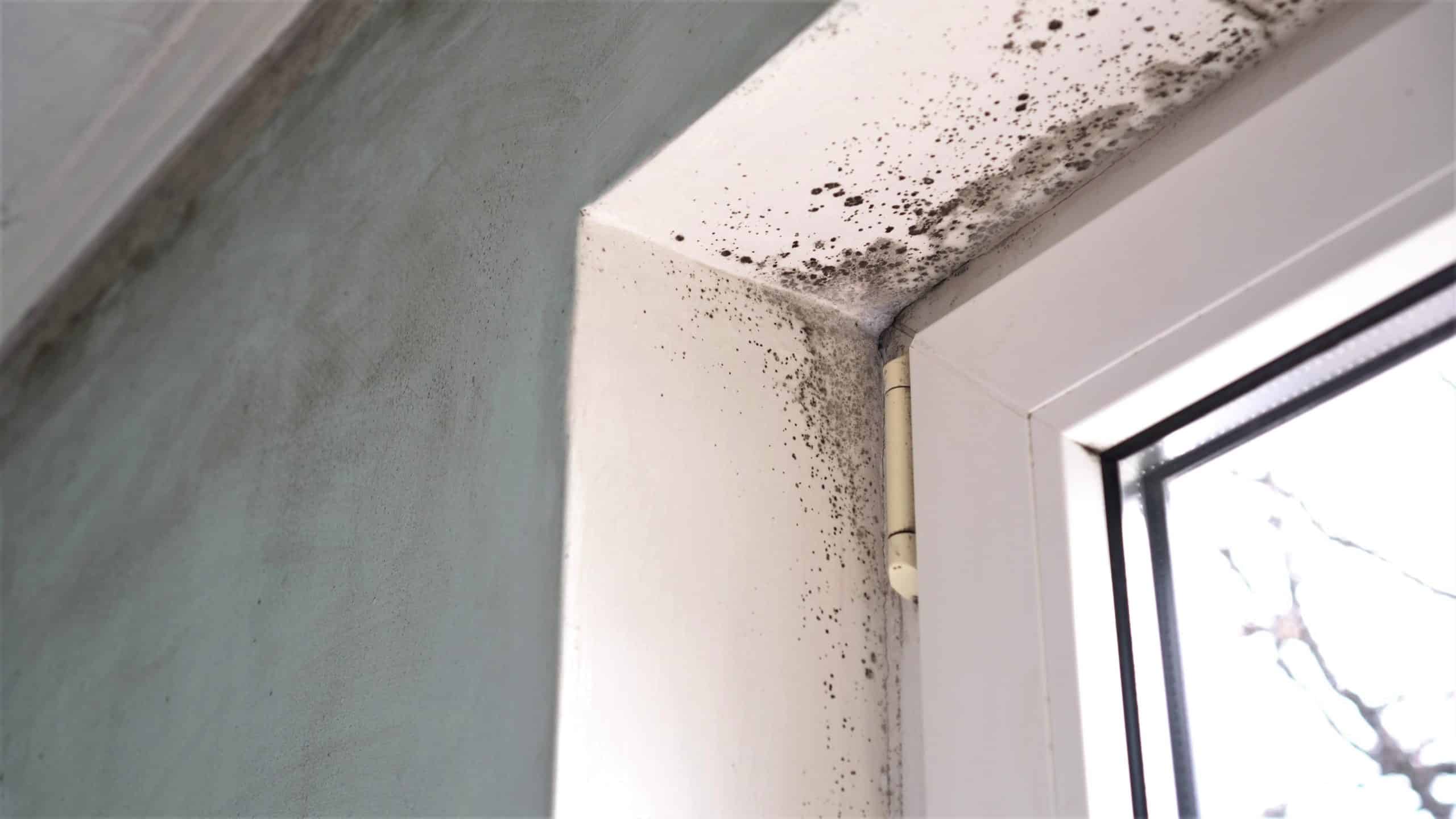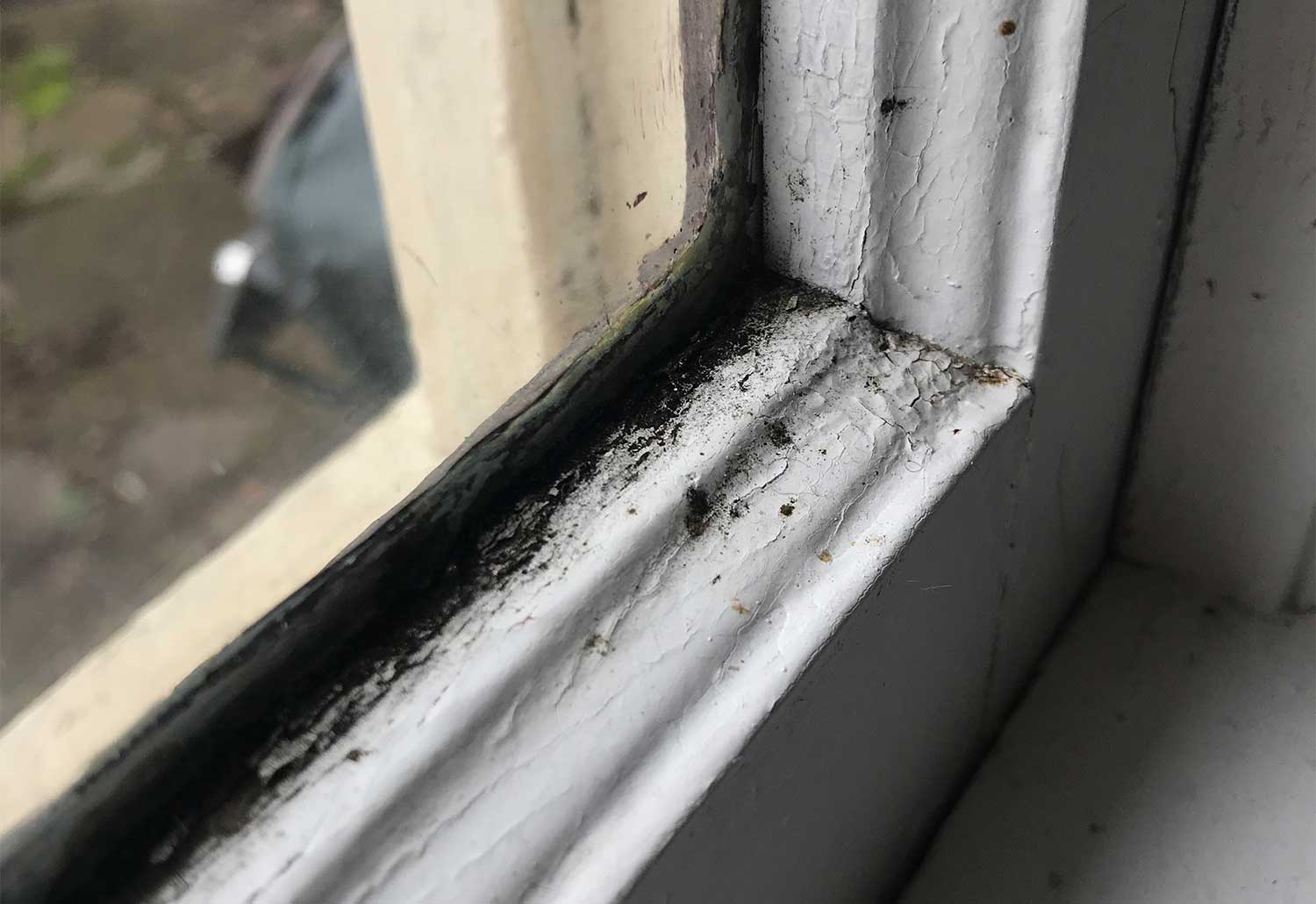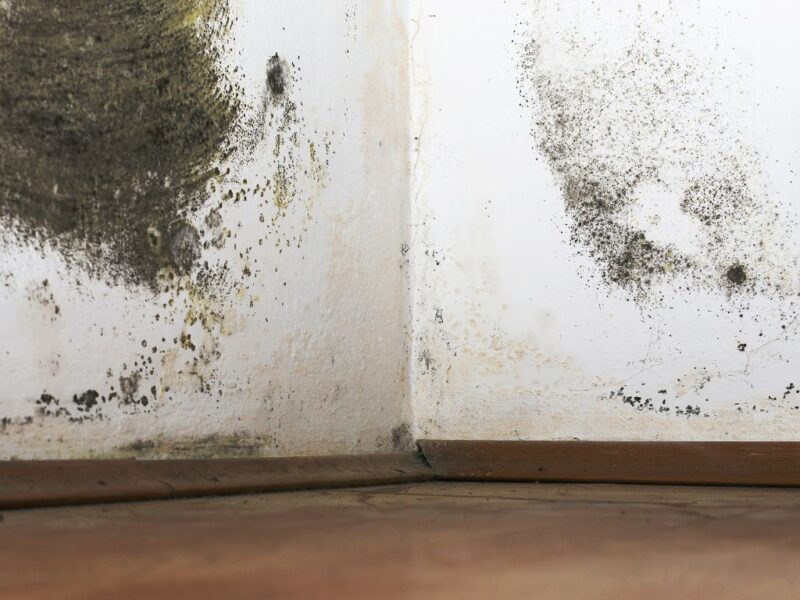Mold can lurk in the shadows of your home, silently compromising your indoor air quality and health. It’s an insidious adversary, thriving in damp corners, beneath floors, and hidden within walls.
As awareness of its impacts grows, the demand for mold testing kits has surged. But the question remains: are these kits a reliable solution for concerned homeowners? With a myriad of products flooding the market, each boasting unique features and benefits, navigating this landscape can feel overwhelming.
In this guide, we’ll delve into the essential aspects of home mold testing kits, explore their efficacy, and help you determine whether investing in one is the right choice for your household. From understanding the different types available to assessing how they can empower you in the fight against mold, this article aims to equip you with the knowledge you need to make an informed decision.
Types of Home Mold Testing Kits

When exploring home mold testing kits, you’ll find a variety of options tailored to different needs. Mold inspection St Petersburg fl highlights that some kits offer simple DIY methods, relying on swabs or strips that let homeowners collect samples and send them off to a lab for analysis; this can be both easy and economical. Others provide instant results through color-change technology, ideal for those who want immediate feedback.
Then there are more advanced kits designed for serious concerns—they can detect specific mold types and even assess spore counts in the air. For those who prefer a hands-off approach, hiring a professional service is also an option, albeit a more costly one.
With such a diverse array of choices, understanding the strengths and weaknesses of each type becomes essential in your quest to tackle mold problems effectively.
Air Sampling Kits

Air sampling kits serve as a gateway into the unseen world of indoor mold, offering homeowners a scientific approach to assessing air quality. These kits typically come equipped with necessary tools—like petri dishes or specialized cassettes—to collect airborne spores, capturing fleeting particles that might otherwise go unnoticed.
As you consider using one, think beyond the surface: these kits promise a glimpse into potential health risks lurking in your walls, hidden beneath carpets, or floating through your living room. However, the efficacy of such kits can vary; some may provide a clear picture while others muddle the interpretation of results, leaving you with more questions than answers.
Before diving in, weigh the benefits against the potential for misleading data—because not all air sampling kits are created equal, and understanding your homes air quality might require more than just a DIY approach.
Surface Sampling Kits

Surface sampling kits provide a practical solution for homeowners suspecting mold presence in their living spaces. Generally straightforward to use, these kits often include swabs or adhesive lift tape designed to capture spores from various surfaces.
Simply wipe the area in question, seal the sample according to the kit’s instructions, and send it to a lab for analysis. However, it’s essential to consider that while these kits can detect mold on surfaces, they may not give you the full picture of airborne spores that could be affecting your indoor air quality.
Additionally, the interpretation of results can be complex, leaving some homeowners wondering if they should take further action or simply breathe a sigh of relief. Ultimately, while surface sampling kits can be a helpful first step in mold assessment, they should be considered a part of a larger strategy for ensuring a healthy home environment.
Conclusion
In conclusion, while home mold testing kits can offer valuable insights into the presence of mold in your living environment, they often come with limitations that may compromise their effectiveness. Homeowners in St.
Petersburg, FL, and elsewhere should weigh the convenience of DIY testing against the expertise and accuracy provided by professional mold inspection services. Ultimately, if you suspect a significant mold problem, it may be worth investing in a qualified mold inspector to ensure the health and safety of your home.
By taking the right steps, you can safeguard your property and improve the overall quality of your indoor air.


